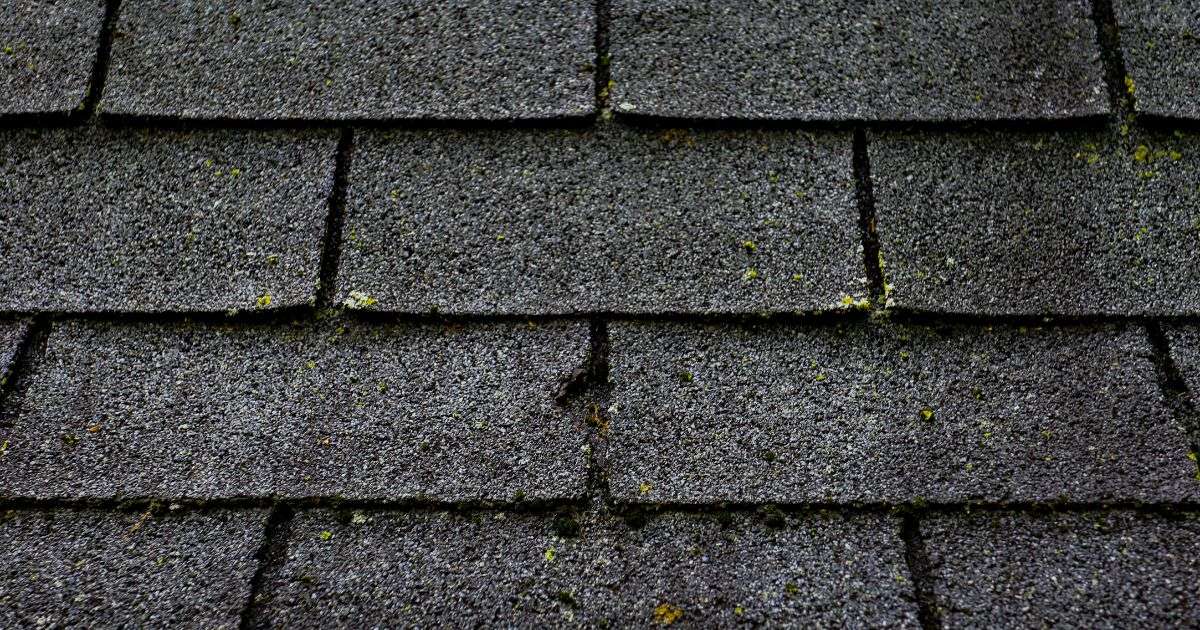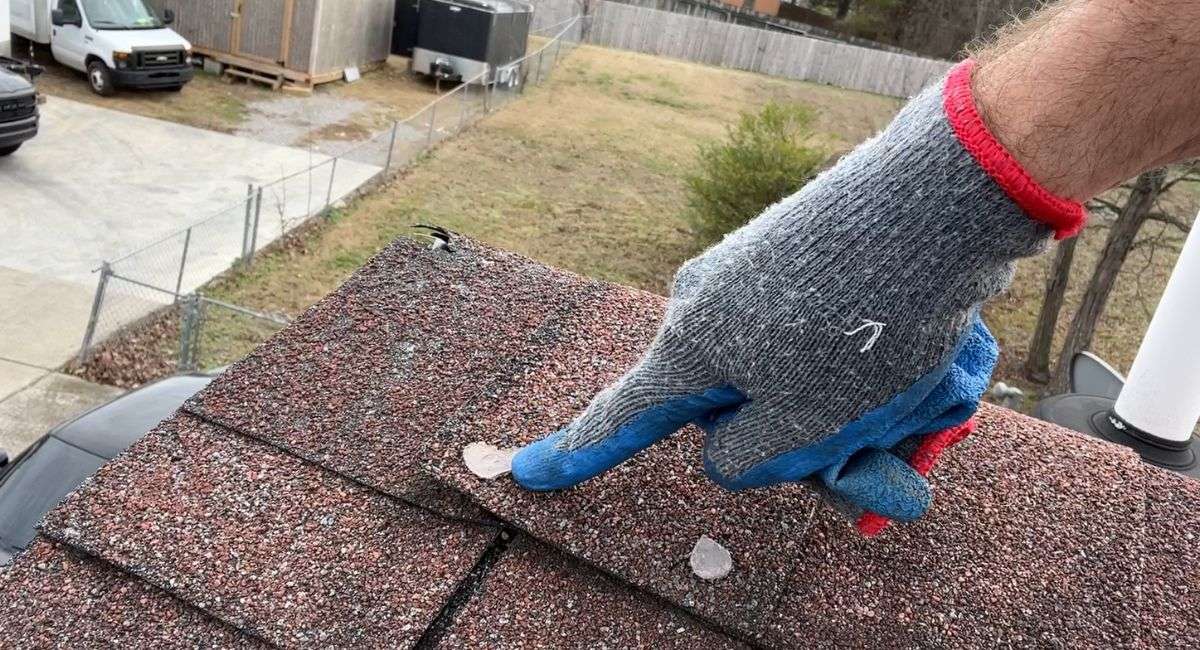The Brittle Test: Replacing Your Roof Through Insurance
Dealing with a roof insurance claim? You’ve likely heard about the Brittle Test. It’s a key step in determining if your roof qualifies for replacement through insurance. But what is it, how does it work, and why is it important?
The Brittle Test checks your roof’s shingles to see if they can be lifted and repositioned without breaking or cracking. If they fail, it means your roof is too fragile for repairs, and a full replacement may be necessary. Insurance companies often use this test to decide if your roof qualifies for replacement coverage.
Knowing how the Brittle Test works can help you handle the insurance claim process more smoothly. A professional inspection can provide the evidence needed to support your claim, potentially saving you time, stress, and money. Insurers usually require this test after major weather events, like hailstorms or strong winds, to determine if the damage warrants a full roof replacement. As a homeowner, understanding when and why the Brittle Test is needed—and ensuring it’s done correctly—can help you get the coverage you deserve.
In this post, we’ll explain the basics of the Brittle Test, its role in the insurance process, and share tips to help you navigate claims successfully. With this knowledge, you’ll be ready to secure coverage for your roof replacement when necessary.
What is the Brittle Test and Why Does It Matter?
Roof insurance claims can feel overwhelming, but the Brittle Test can make a big difference. This test checks if your asphalt shingles can handle repairs without breaking, creasing, or losing too much granulation. Over time, shingles lose flexibility due to weather exposure, and if they’re too brittle, repairs can cause more damage. If shingles fail the Brittle Test, a full roof replacement may be needed instead of a repair, ensuring long-term protection for your home.
The Brittle Test helps insurers and contractors decide between repairs and replacement, preventing future issues. It’s not just about fixing damage—it’s about ensuring your roof stays secure and functional.
When is the Brittle Test Needed for Roof Claims?
The Brittle Test is often used after filing an insurance claim for storm damage. Wind, hail, or heavy rain can damage shingles, leaving homeowners with unexpected repairs. If an insurance adjuster thinks repairs might work, they may require a Brittle Test to confirm if shingles can handle the repair or need replacing.
Filing a claim can seem daunting, but many insurance policies cover storm-related repairs or replacements. A professional roof inspection is a smart first step. Reputable roofing companies often provide FREE inspections to check for damage and assist with documenting issues for your insurer.
Once damage is confirmed, you’ll file a claim with the inspection report as evidence. If shingles show brittleness, the insurer may request a Brittle Test before approving repairs or replacement. This ensures repairs won’t cause more harm, giving peace of mind to both homeowners and insurers.
What Happens If Your Asphalt Roof Passes?
If your roof passes the Brittle Test, your shingles are in good condition and can handle repairs without breaking. This means you likely won’t need a full roof replacement, saving you time and money. Instead, repairs might be enough to fix any issues and could even be covered by insurance. However, you’ll still need to pay your deductible, as is standard with most insurance claims.
Sometimes, there may be some back-and-forth with your insurance company about the scope and cost of repairs. This is where your roofing professional can help by acting as your advocate, communicating with your insurer, and providing detailed reports or photos to support your claim. For convenience, you can also choose to have the same roofer who did the inspection handle the repairs. Since they’re already familiar with your roof, they can complete the job efficiently.
What Happens If Your Roof Fails?


If your roof fails the Brittle Test, it means the shingles are too old, worn, or damaged to handle repairs. In this case, a full roof replacement is usually recommended to protect your home from leaks and further damage. Your roofing contractor will notify your insurance company and document any storm or weather damage that caused the failure.
However, failing the test doesn’t guarantee your insurance will cover a replacement. They’ll need evidence of storm-related damage that meets their coverage standards. Detailed inspection reports and documentation are crucial here.
To make the process smoother, work with a trusted roofing contractor experienced in insurance claims. They can provide the necessary photos, assessments, and reports while communicating directly with your insurer. This helps avoid delays and increases the chances your replacement costs will be covered. With professional support, you can navigate the process more easily and ensure your home gets the protection it needs.
Common Reasons Claims Might Be Denied Even If Your Roof Fails
Filing an insurance claim can be tricky, especially if it gets denied. To avoid surprises, here are common reasons claims are often rejected:
- Insufficient documentation: Insurance companies need detailed evidence to approve claims. If your inspection report or Brittle Test results are incomplete, your claim may be denied. Provide clear documentation, including photos, repair estimates, and detailed reports on the roof’s condition. Work with a roofing professional who can help build a solid case.
- Policy limitations: Many policies don’t cover certain types of roof damage, like wear and tear or aging. For example, roofs past their lifespan or with outdated materials may not qualify. Review your policy carefully to know what’s covered and ask your insurance provider to clarify anything unclear.
- Missed deadlines: Insurance claims have strict filing deadlines. Missing the deadline, even by a day, can result in denial. Check your policy’s timeline and act quickly after damage occurs. A professional contractor can help you meet these deadlines.
Understanding these issues ahead of time can make the claims process smoother and reduce the risk of rejection.
Tips to Boost Your Chances of Insurance Coverage for Roof Replacement

Getting insurance to cover a roof replacement requires preparation. Here’s how to improve your chances:
- Review your policy: Understand what’s covered, including roof damage, storm events, or wear. Knowing your coverage helps set realistic expectations and strengthens your claim.
- Document damage thoroughly: Take clear, high-resolution photos from multiple angles, showing the roof’s surface, surrounding areas, and any interior leaks. Include details like the roof’s age, condition, and previous repairs. Strong evidence improves your approval odds.
- Work with an experienced roofing contractor: Choose a contractor familiar with insurance claims. They can handle paperwork, ensure repairs are covered, and communicate directly with your insurer to advocate for you.
Following these steps can significantly increase the likelihood of insurance covering your roof replacement, saving you time and money.
What to Do Next
Think your roof might have storm damage? Don’t wait—schedule a professional inspection as soon as possible. An expert can assess the damage, perform a Brittle Test if needed, and determine if you qualify for a claim.
Partnering with an experienced roofer ensures the claims process goes smoothly, from inspection to dealing with your insurer. This increases your chances of approval and gives you peace of mind.
If you’re in Tennessee or Georgia, Roof MD can help. We specialize in storm damage inspections, navigating insurance claims, and getting homeowners’ roofs repaired or replaced. Schedule your free roof inspection today and take the first step toward restoring your home!
